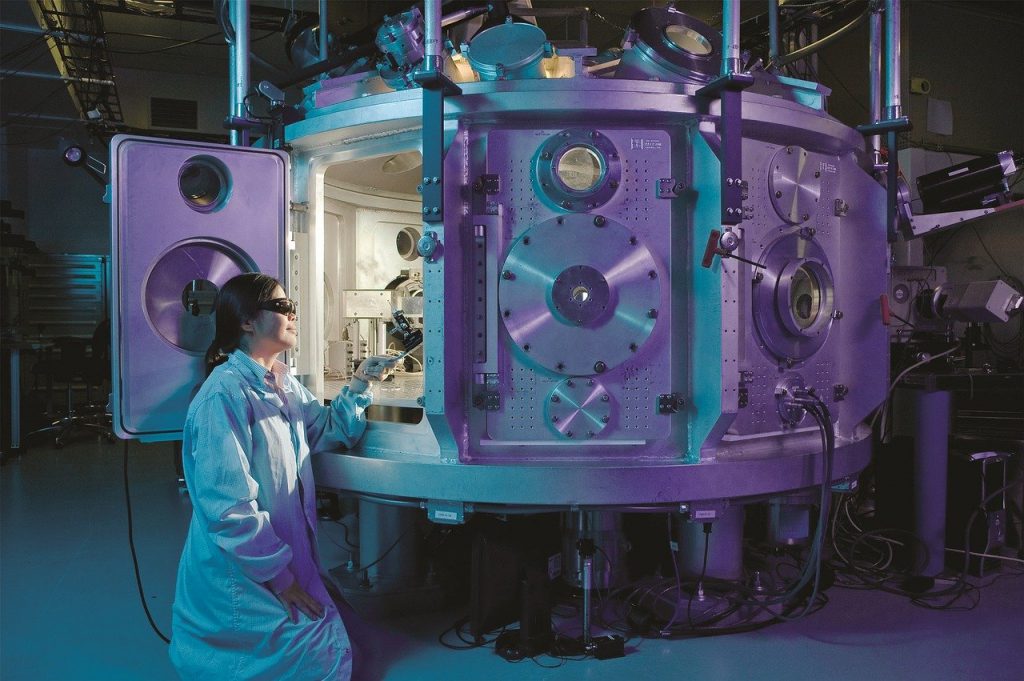
Theoretical calculations show that spherical nanoparticles release unstable electron-positron pairs when affected by positrons of specific energies, and the direction of the signal is the same as that of the incident positrons.
When electrons collide with positrons, their antimatter counterparts, and they form unstable pairs, in which two types of particles orbit each other. Named “positronium”, now physicists have created this intriguing structure using various positron targets, from atomic gases to metal membranes. However, they have not yet obtained the same results from the vapor of nanoparticles, whose unique properties are affected by the free electron “gases” they contain within well-defined nanometers. This new finding was published in European Physical Journal D.
In the new study, Paul-Antoine Hervieux at the University of Strasbourg, France and Himadri Chakraborty at Northwest Missouri State University, USA, for the first time revealed the characteristics of positron formation in rugby-like nanoparticles C60. Under the specific positron impact energy, they showed that the emission of positrons is in the same direction as the incoming antiparticles.
Often referred to as buckminsterfullerene or “buckyballs,” C60 is stable at room temperature, and is sustainable, easy to synthesize. Because of these useful properties, the discoveries of Hervieux and Chakraborty may have important implications for fields such as astrophysics, material physics, and pharmaceutical research. In particular, they can improve the test of the reaction of antimatter to gravity, which involves structures including positrons and antihydrogen atoms; each of which features positronium in the first steps of their fabrication processes. When positrons of some energies approach the bucketball at angles of up to 10 degrees, the physicists showed that a series of narrow, positive positrons are generated by the “diffraction resonance” of the particles. This effect is comparable to the diffraction effect of microscopic spherical obstacles on light. Changes were shown in larger fullerene molecules (such as C240) and when the particles were excited to higher energy levels. Hervieux and Chakraborty modeled these properties by theoretical calculations of how diffraction resonance affects positron emission angles, as a function of positron impact energy. Their results provide important insights for the many researchers who use these short-lived structures. Now, in future research, the two of them hope to further explore the potential in practical experiments.
Reference:
Hervieux, P. A., & Chakraborty, H. S. (2019). Strongly resolved diffraction resonances in positronium formation from C60 in forward direction. The European Physical Journal D, 73(12), 1-6.
